From July 1, 2024: Use NFC Face Authentication for Online Transactions Over 10 Million VND

From July 1, 2024, online money transfers or e-wallet top-ups exceeding 10 million Vietnamese dong per transaction or 20 million dong per day must be authenticated via facial recognition. All transactions must align with a centralized database using chip-embedded Citizen Identity Cards (CCCD) and technology support from NFC.
The State Bank of Vietnam has issued Circular 5262 to guide the implementation of Decision 2345 on security solutions for online payments and bank card payments via NFC-enabled electronic devices. For more details on what NFC entails, read Aegona's upcoming article.
What is NFC?
NFC is a technology enabling communication between devices within close proximity, typically about 4 inches. It's commonly used for sharing information or connecting with devices like wireless headphones. Additionally, NFC is used for contactless payments.
During payment transactions, NFC securely transmits information from credit or debit cards stored on a user's device to the payment terminal. Subsequently, this terminal communicates with the bank to process the transaction.
This process takes only a few seconds, making NFC payments a quick and convenient option for consumers. Simply by touching or waving their device, users can effortlessly make payments.
To utilize NFC payments, users must have a mobile phone that supports NFC technology.
According to Decision No. 2345/QĐ-NHNN by the State Bank of Vietnam, from July 1, 2024, bank customers performing certain online transactions will be required to authenticate using facial biometrics that match the data stored in the chip of their citizen identification card (CCCD). This authentication method aims to ensure transaction safety for customers, preventing fraud and asset misappropriation.
However, many citizens have not yet obtained a chip-embedded CCCD or do not have mobile phones that support NFC (Near-Field Communication), so they are expected to face significant difficulties in biometric authentication when conducting online transactions.

Mandatory Biometric Authentication Cases
Decision No. 2345 stipulates cases requiring biometric authentication, including:
- Transactions transferring over VND 10 million per transaction.
- Transactions with a cumulative transfer amount exceeding VND 20 million per day.
- The first time performing a transaction using a Mobile Banking application.
- Performing a transaction on a device different from the one used for the last Mobile Banking transaction, etc.
>> Read more: BENEFITS OF BLOCKCHAIN TECHNOLOGY IN BANKING
1. For citizens without chip-embedded CCCD
Customers without a chip-embedded CCCD will have to authenticate their identity through biometric characteristics stored in the biometric database (facial image, fingerprints, iris, DNA, and voice). This authentication process will be done in person, meaning customers must go to transaction points to verify their information.
2. For citizens with chip-embedded CCCD but using phones without NFC support
To perform transactions over VND 10 million per transaction, individuals with a chip-embedded CCCD but without an NFC-enabled phone will need to authenticate their identity in two ways:
- Method 1: Through the citizen’s electronic identification account created by the electronic identification and authentication system.
- Method 2: Citizens need to go to a transaction counter for verification, then use a device or phone to read the chip-embedded CCCD to check the biometric data in the citizen's CCCD chip.

3. For customers with chip-embedded CCCD, using phones with NFC support, but not updated on digital banks
Previously, it was not mandatory to switch to a chip-embedded CCCD to open a bank account. As long as the ID card or CCCD was still valid, one could open a bank account.
Currently, banks, e-wallets, and users are racing to update biometric data before Decision 2345/QĐ-NHNN takes effect because the bank's database only contains previous CCCD and ID card data.
Users can proactively update on their smartphones by following three steps:
- Take a photo of the front and back of the chip-embedded CCCD.
- Scan the NFC on the chip-embedded CCCD.
- Scan the face and authenticate with OTP.
Using NFC to Enhance Transaction Security with Biometric Authentication
According to experts, biometric authentication is a modern technology with the highest safety and security features, minimizing the possibility of forgery. Traditional transaction authentication methods, such as passwords and one-time passwords (OTP), are increasingly susceptible to attacks. In contrast, biometric authentication, with the unique characteristics of each individual, can entirely minimize the possibility of fraud and forgery.
Perspective from Aegona
Aegona, a software company that values security, believes that biometric authentication solutions using NFC bring practical benefits:
- Protecting customer accounts: This technology allows regulatory authorities and service providers to accurately identify the account holder, the transaction performer, and the beneficiary.
- Minimizing fraud risks: With accurate identification, banks and financial institutions can reduce risks related to transaction fraud.
Enhancing security: Biometric authentication ensures that only individuals with accurate biometric information can perform transactions, effectively securing personal and bank account information.

AEGONA LTD - IT SERVICE & SOFTWARE DEVELOPMENT
Email: [email protected]
Phone: Office: (+84) 28 7109 2939. Hotline: (+84) 91 451 8869 | (+84) 83 940 5469
WhatsApp: (+84) 91 451 8869
Website: www.aegona.com, www.aegona.vn
Address: Orbital Building (QTSC Building 9), Quang Trung Software City, District 12, Ho Chi Minh city, Vietnam.
related post

Amid the vibrant working atmosphere at Aegona, this September and October will be more exciting than ever with the kickoff of the 2025 Internal Chess Tournament

As scheduled, the monthly internal event “Happy Hour” returned to Aegona’s office this September afternoon, bringing along a joyful atmosphere filled with connection, laughter, and positivity.
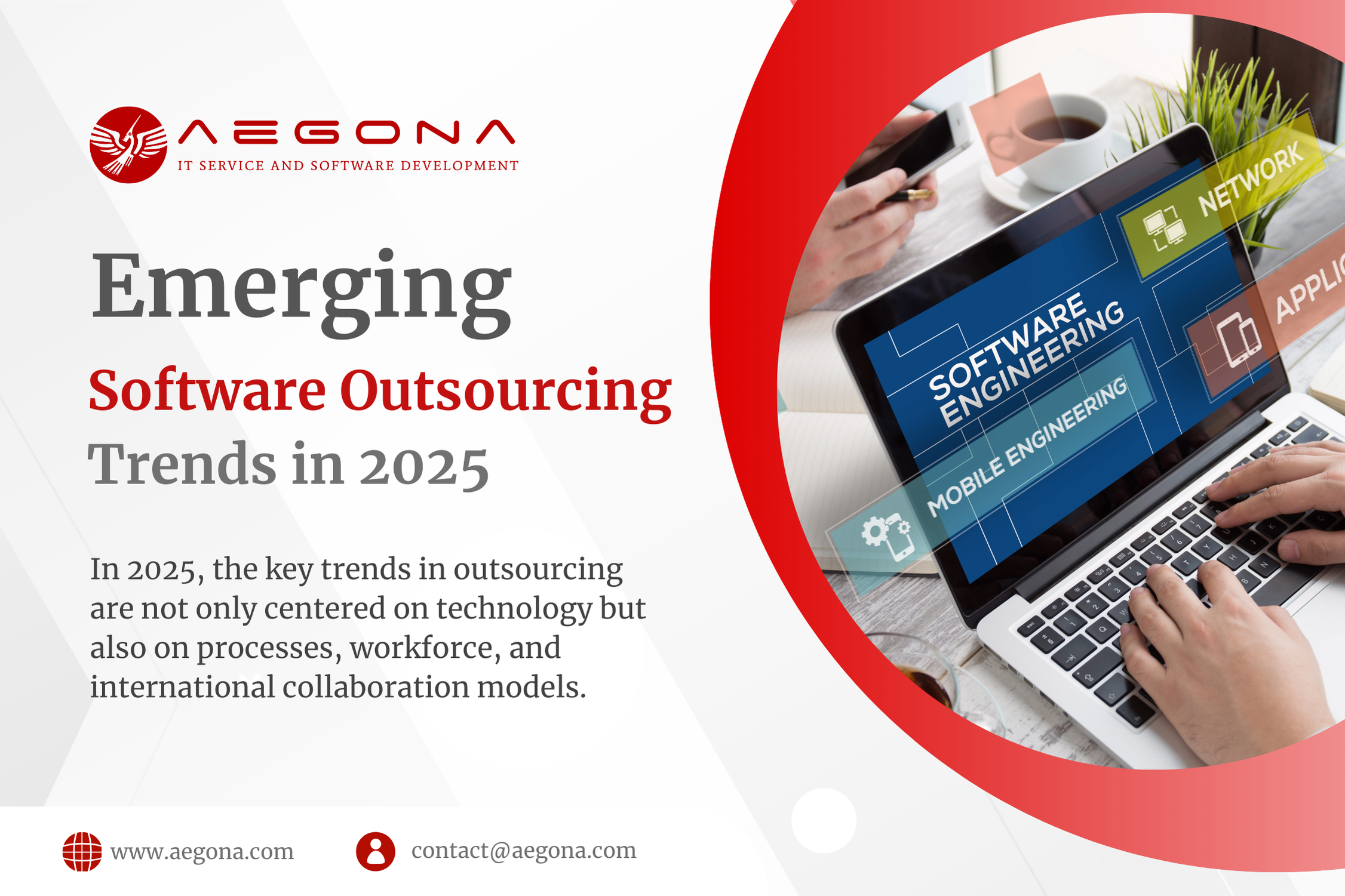
Discover the key software outsourcing trends in 2025, from AI, automation, hybrid outsourcing to workforce training. Understanding these trends helps businesses optimize costs and improve software quality.

On June 16, 2025, following a series of technical discussions and alignment on technology directions, Aegona and Biblia officially signed a strategic cooperation agreement to develop a comprehensive digital publishing platform that integrates both E-books and Audiobooks.
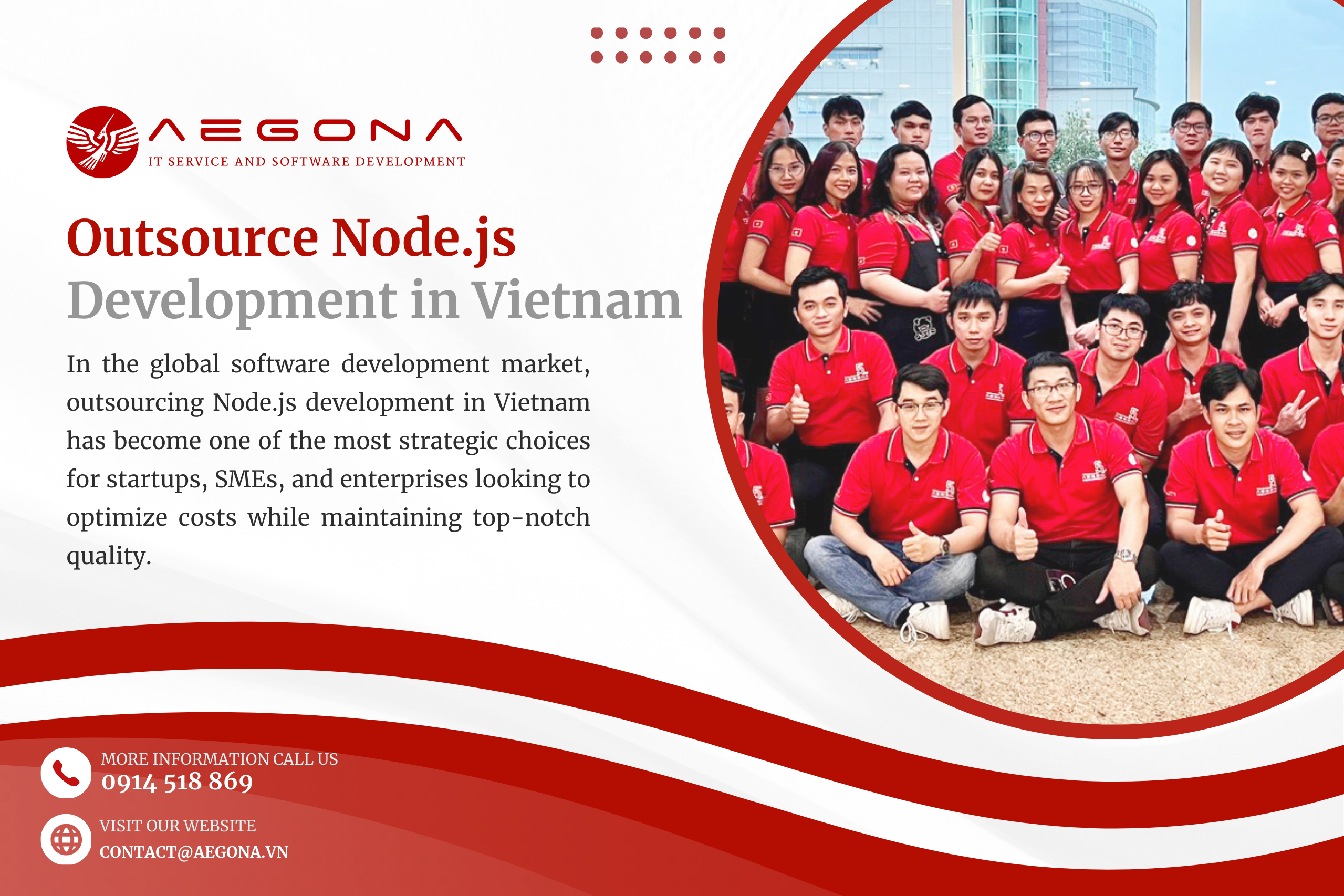
In the global software development market, outsourcing Node.js development in Vietnam has become one of the most strategic choices for startups, SMEs, and enterprises looking to optimize costs while maintaining top-notch quality.
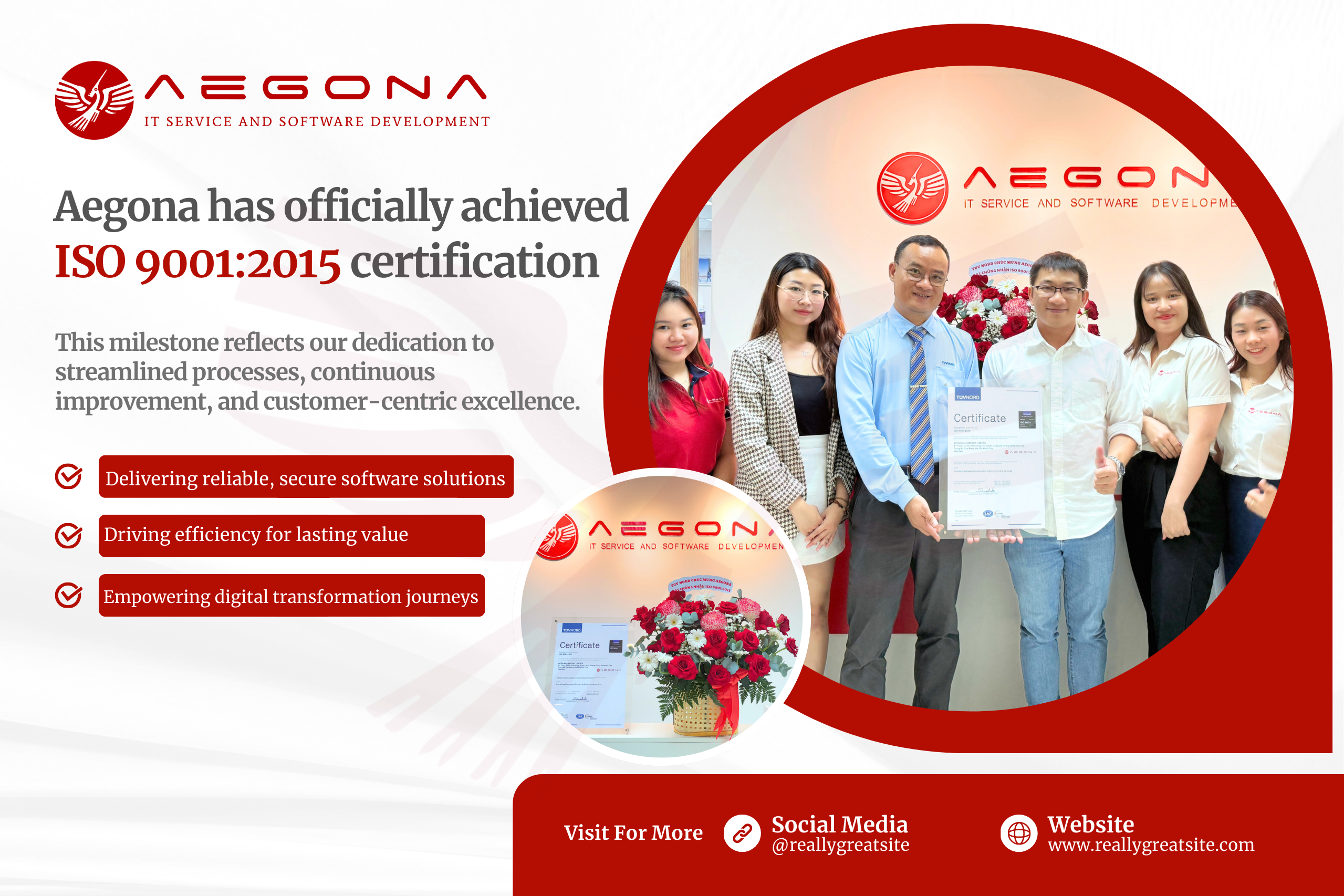
We are proud to announce that Aegona has officially achieved ISO 9001:2015 certification, an internationally recognized standard for quality management systems.
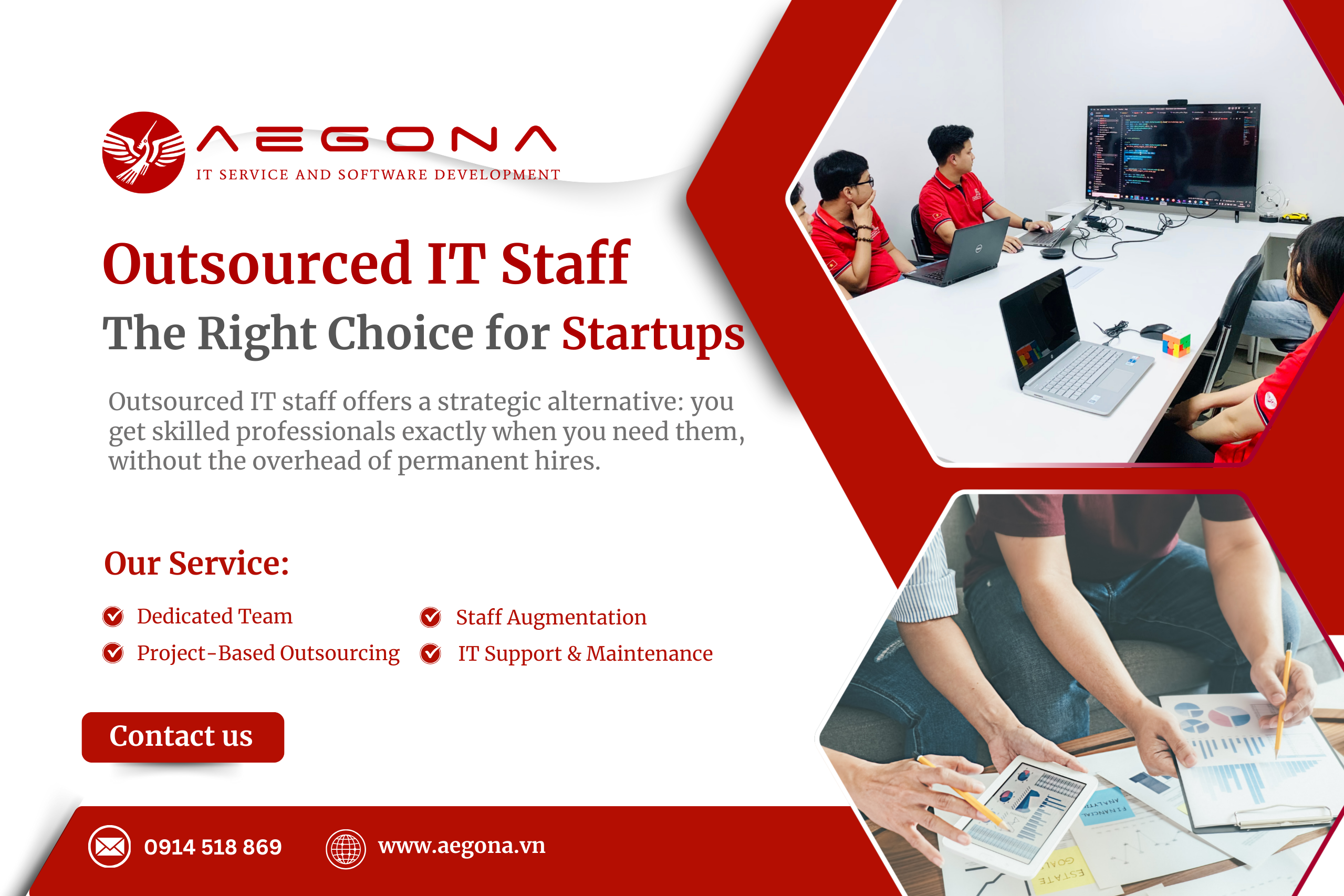
Outsourced IT staff offers a strategic alternative: you get skilled professionals exactly when you need them, without the overhead of permanent hires.
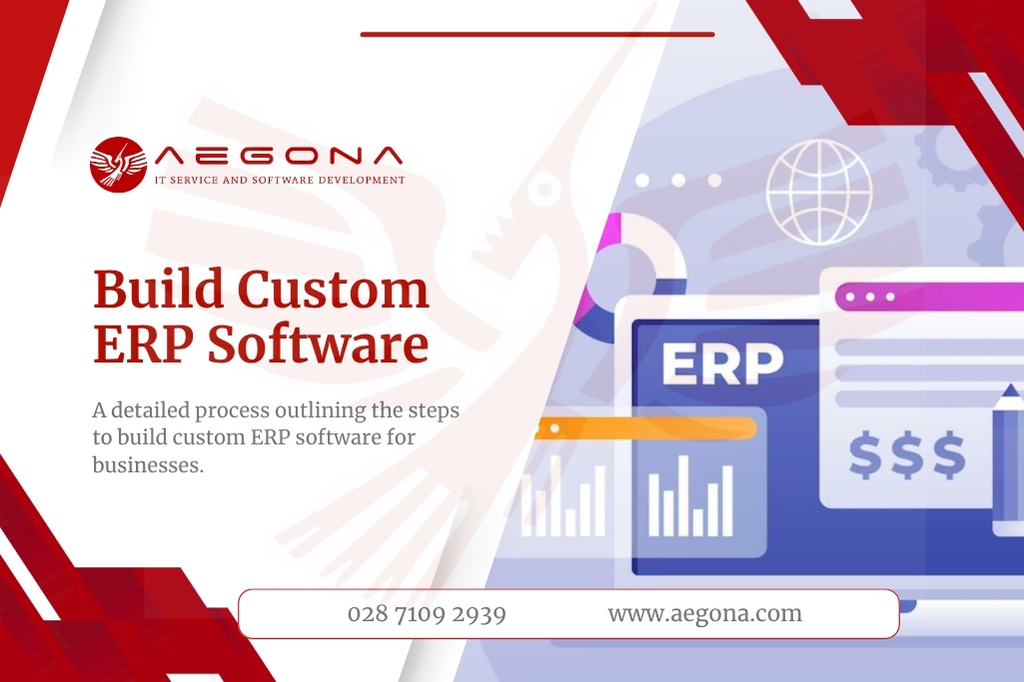
Build custom ERP software to streamline operations, boost efficiency, and fit your business needs. A complete step-by-step guide.
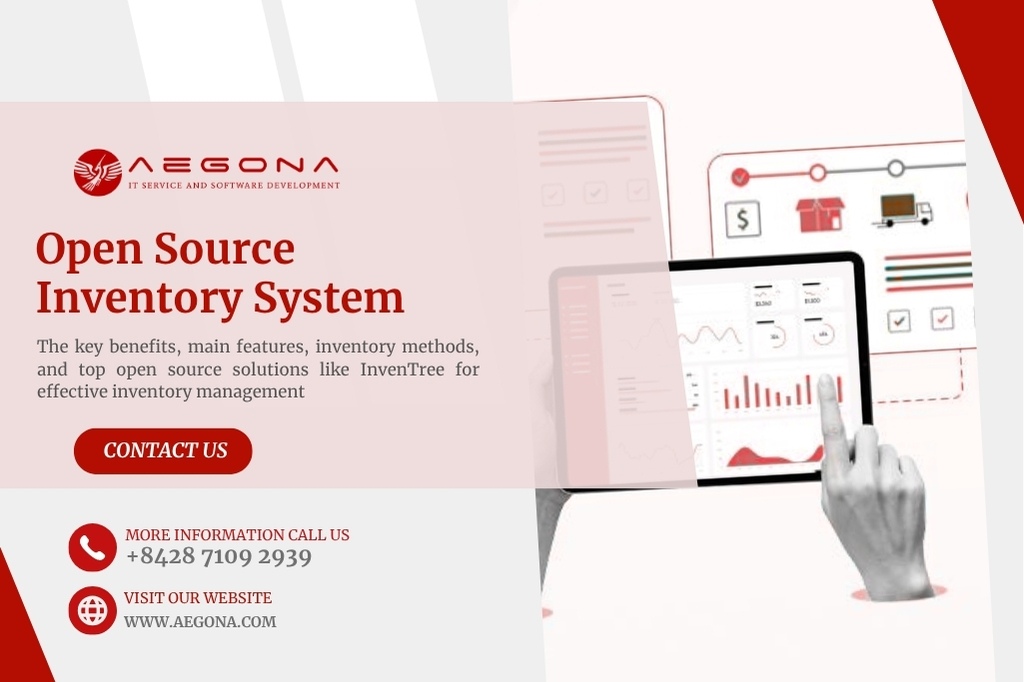
Discover the best open-source inventory systems like InvenTree. Learn key features, benefits, and tools to optimize warehouse and inventory operations.
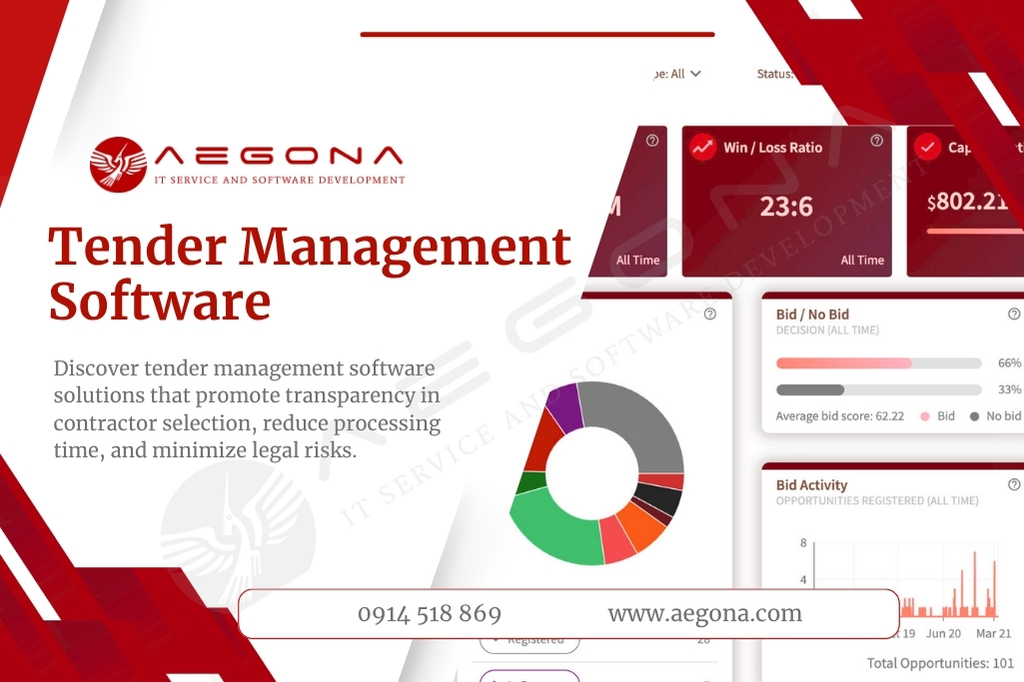
Discover how Tender Management software streamlines bidding, boosts efficiency, and when to choose a custom-built solution.

Discover the benefits of hiring offshore PHP developers in Vietnam and explore a step-by-step process to build a skilled, cost-effective development team.

Discover the key benefits and features of real estate app development in Vietnam for businesses aiming to grow in the digital property market.
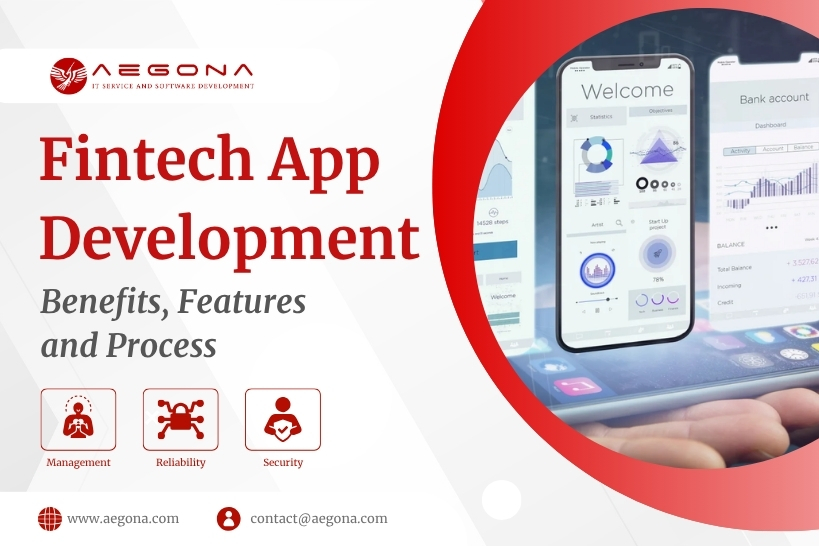
Custom FinTech app development for banking, insurance, payments & more. Secure, scalable, and tailored to your business.
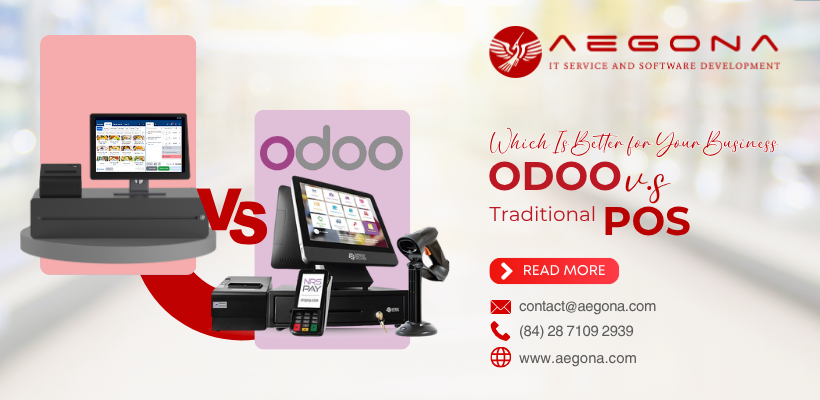
Odoo POS software is becoming an effective alternative to traditional POS systems thanks to its flexible integration capabilities and reasonable cost. Using sales management software plays an essential role in optimizing business operations. This article will help you compare Odoo software and traditional POS systems to find the most suitable option for your business.
